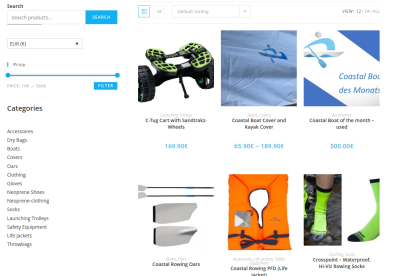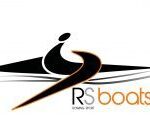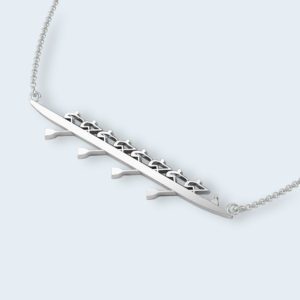What do you think of the last episodes of our “prognostic” series?
According Bio Row , a company having an scientific approach to row smarter – Prognostic” or “Gold Standard” times are widely used in rowing practice for evaluation of training and racing speeds, crew selections, etc. Very often World Best Times (WBT) are used for this purpose, but they were achieved in exceptionally fast weather conditions, and usually, winners of World regattas show slower times. Various versions of “prognostic” times were developed in different countries, which differ one from another in the same event, without explanation of the methods, so they look quite subjective”.


Prognostic Olympic times generated by past experience
Table 1 presents a Dr Kleshnev’s version version of prognostic times of the winners of the next Olympics obtained using the following method: The average speed and its trend were calculated based on data of the winners of World regattas in each of the 13 consistent Olympic events during 1993-2019 filtered within Vav±2SD. The trends were extrapolated to 2020 and prognostic speeds and times were obtained, which were found in the range from 97.1% to 99.0% of WBT. These prognostic times reflect real results in some common weather conditions and their development over the last 27 years.
We’ve found you a heap of resources to wrap up our series on Prognostic Times Part 1, Part 2, Part 3.


- Bio Row has a great spreadsheet for Distance-Speed-Rate into which you can put your test scores.See above
- A summary of target 2k times for men and women’s crews from Under 15 single sculls up to top elite club crews. Rowing 2k prognostic times – go here to download and print the document.
- Rowing Canada has an on water list of Gold Medal Standard times for men, women, juniors and ergos all listed by boat class
- Gold Medal Standard times for 2k and 5k from Rowing Australia
- Concept2 has a pace calculator online app for ergs
This post was written by Rebecca and modified by Tom Wall.







